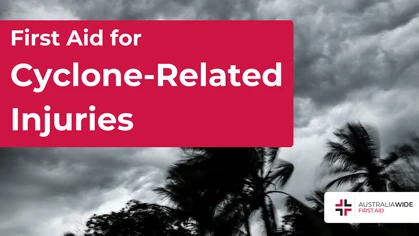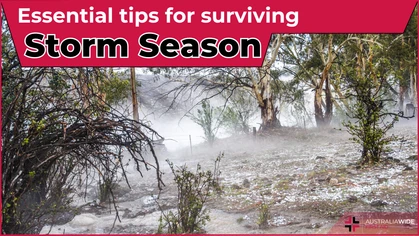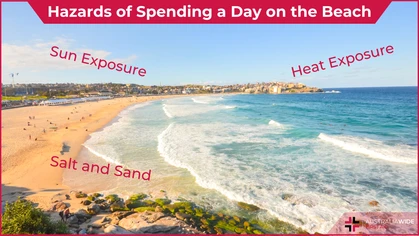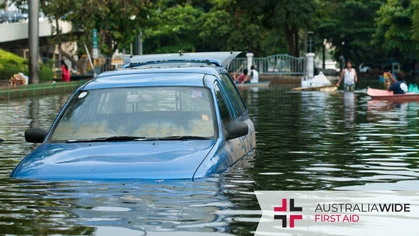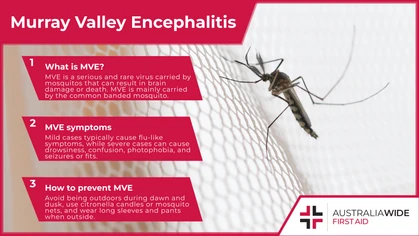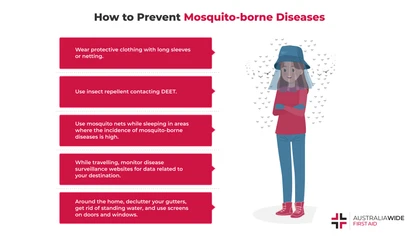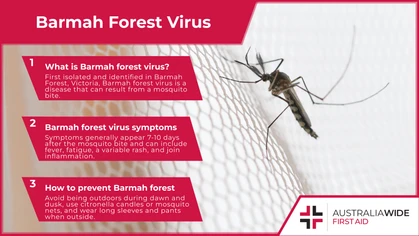Severe Storm Safety Tips

Seasonal Concerns
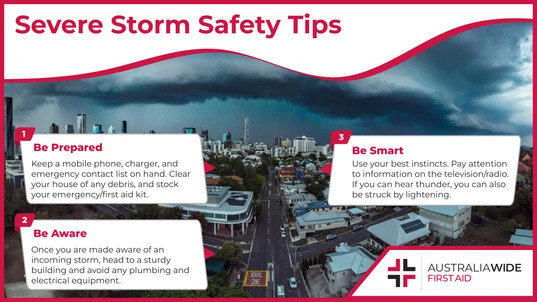
Many Queenslanders are familiar with severe storms, which can include storm surges, thunderstorms, and tornadoes. It is important to keep yourself and your loved ones safe during storms, as they can cause falling debris and asthma attacks.
A severe storm could be a blizzard, a hurricane, an ice storm, a storm surge, a thunderstorm, or a tornado, all of which require you to take safety precautions to keep you and your loved ones safe. A severe storm can put not only peoples’ safety at risk, but can also put our homes at risk as well. Queensland in northeastern Australia is well acquainted with severe storms as they have a high number of them annually. Very severe storms can produce large hail, damaging winds, and even occasionally tornadoes. In order to keep ourselves safe during storm season, it is vital that we be prepared, be aware, and be smart.Be Prepared
One of the best things that we can do to have the safest storm experience possible is to have a preparedness plan in place. A lot of preparedness is ensuring that if a severe storm strikes, that you have all of the supplies necessary to wait out the severe weather. A key tool is a portable battery powered radio with a bulb, including extra batteries and a torch, as well as emergency information listed on a radio station list. This way, any emergency information that is sent out will be received by you and your family. Candles, waterproof matches, and a gas lantern can provide light if power goes out. Any food that can last a long time is valuable to stash away, as well as a large supply of fresh water. A first aid kit is also beneficial, as well as any essential medications that your family requires, and an awareness of first aid procedures (see end of article for more information). A waterproof bag is great to have to store any valuables, clothes, or certificates. This can be packed and stored away ahead of time. A list of emergency contacts and a car charger for a mobile phone are both great things to have on hand as well. Lastly rubber gloves and durable shoes can come in handy so be sure to pack those as well. Before storm season, there are a few things that you can be sure to do in advance that can increase your chances for safety when the storm arrives. For one, make sure that any dead trees or branches around your house are removed so that they will not fall on your house. Be sure that all of the drains, gutters, and downpipes on and around your house are kept clean and clear. Double check that your roof is in good condition and does not need any repairs. Lastly, be sure that your emergency kit is fully stocked with the items discussed above and placed in a known and safe spot that can be easily accessed when a storm comes.Be Aware
While a storm is occurring, it is very important to remain aware of your surroundings. If you are made aware of a storm coming in, head into a sturdy building and find a place to wait out the storm that is away from all windows. In addition, it is important to avoid any plumbing, as well as electrical equipment. Some things you want to watch out for include broken glass, any object that could fall (branches or debris), and power lines. If you are listening to coverage on safety protocols, be sure to follow their advice. If they advise you to evacuate, be sure to do so, and do not forget your emergency kit when you leave. As the storm is going on, you are safe to use any mobile or cordless phones, however do not use any phone with a cord as the electric current poses serious risk in storms.Be Smart
Lastly, it is always important to use your best instincts in a storm and to be smart. In order to make smart, quick decisions, you must stay calm to the best of your ability. When you notice a storm on the horizon, it is a good idea to pay attention to the information that is on the radio and television and to follow the safety guidelines that are provided. Any time you are planning to go out on a body of water, check the weather beforehand to be sure that it is a safe day to do so. Of course, never go on a boat during or right before a storm. At the first sign that a storm may come through, head to shore and get away from the water as soon as possible. When at home, ensure that all pets are inside, and if you have any additional time, do your best to secure any loose objects that are outside that may later become flying debris in the wind. Postpone any planned outdoor activities for after the storm has completely subsided. If you are caught outside, seek shelter immediately in a building, and if not a building, an automobile. Be sure to keep distance from any metal objects, open spaces, objects standing alone, and land that is higher ground. Once again, be sure to keep a far distance from any body of water. Remember the rule of thumb that if you are close enough to hear the thunder, you are close enough to be struck by lightning. While inside, keep distance from any fireplaces. If you find yourself seeking shelter in a car, be sure to pull over and park in a place entirely away from trees and power lines so nothing falls on you during the storm. Of course, stay in the car to wait out the storm.In Conclusion
Severe storms can approach very quickly, and without much warning. However, putting in the time now to create an emergency kit and an emergency plan with your family can make all the difference when a severe storm hits. For additional information on how to prepare for emergency situations, check out our CPR Course, First Aid Course, and First Aid Manual. One can never be too prepared for an emergency.
Originally published at
https://www.australiawidefirstaid.com.au/resources/severe-storm-safety-tips
as part of the Australia Wide First Aid Articles Library
